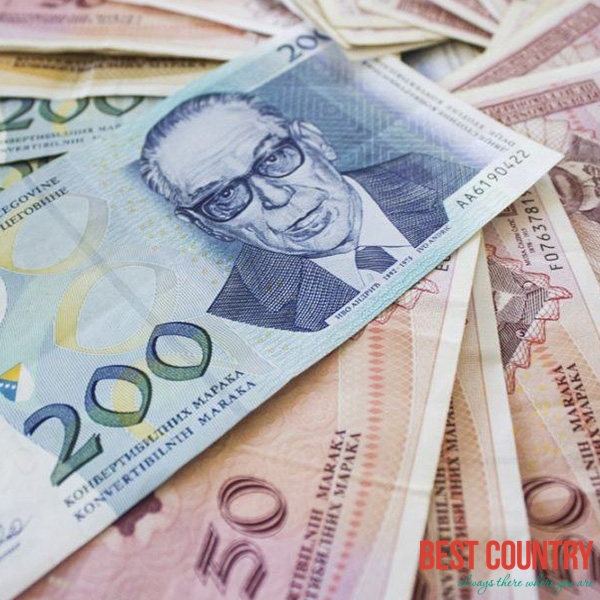What Is the Bosnia-Herzegovina Convertible Mark (BAM)?
The Bosnia-Herzegovina Convertible Mark (BAM) is the national currency of Bosnia and Herzegovina. It is comprised of 100 subunits called fenings and was first introduced in 1995.

The Bosnia-Herzegovina Convertible Mark (BAM) is the national currency of Bosnia and Herzegovina. It is comprised of 100 subunits called fenings and was first introduced in 1995.
The Central Bank of Bosnia and Herzegovina, established in 1997, issues and circulates the Bosnia-Herzegovina convertible mark (BAM). The creation of the central bank, as well as the convertible mark, came as part of the Dayton Agreement. This diplomatic agreement marked the end of the Bosnian War, forming the basic governing structure of modern Bosnia and Herzegovina.
The newly-created BAM replaced two currencies that were previously used in the region: the Bosnian dinar and the Croatian kuna. Instead, the BAM became the sole currency for Bosnia-Herzegovina. While the BAM was initially pegged to the German Deutschmark (D-Mark) at par, its exchange rate was fixed to the euro (EUR) at a rate of 1 EUR per 1.95583 BAM when Germany adopted the EUR in 2002.
Today, the BAM is distributed in banknotes in denominations of 10, 20, 50, 100, and 200 marks. Its coins, meanwhile, are circulated in denominations of 1, 2, and 5 marks. Smaller coins are also available, in denominations of 5, 10, 20, and 50 fenings.
The banknotes feature portraits of prominent regional poets, such as the Yugoslav poet, Skender Kulenović; and the Bosnian poet, Musa Ćazim Ćatić.